In Photos: A Tarantula-Eat-Snake World
Spider versus Snake
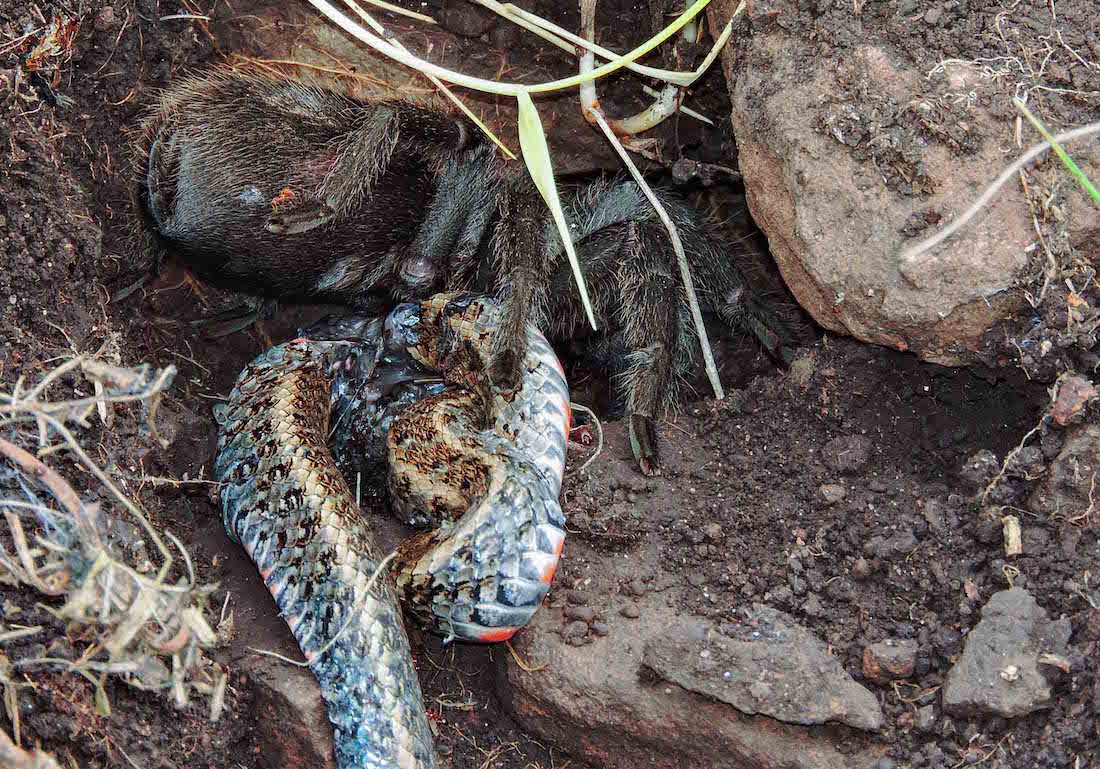
A tarantula (Grammostola quirogai) chows down on an Almaden ground snake (Erythrolamprus almadensis) in southern Brazil. Though captive tarantulas have been known to prey on snakes, this is the first time researchers have ever seen a tarantula eating a snake in the wild, researchers reported in December 2016 in the journal Herpetology Notes.
[Read more about the tarantula preying on a snake.]
Placid habitat
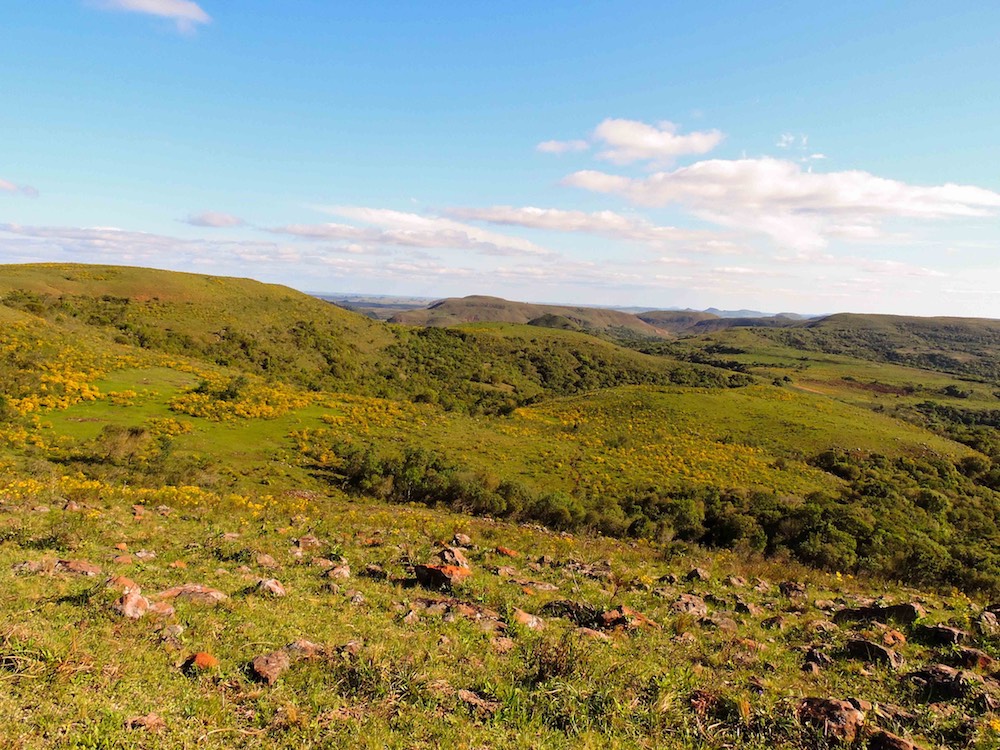
The grassy, rocky hills of Serra do Caverá, near the federal conservation area Área de Proteção Ambiental do Ibirapuitã in southern Brazil. Researchers were conducting fieldwork on tarantula diversity here when they discovered the tarantula G. quirogai eating a snake. It was the first time that tarantula species, which was only formally described last year, had been seen in Brazil. Previously, the tarantula had only been known from Uruguay.
A feast for a spider
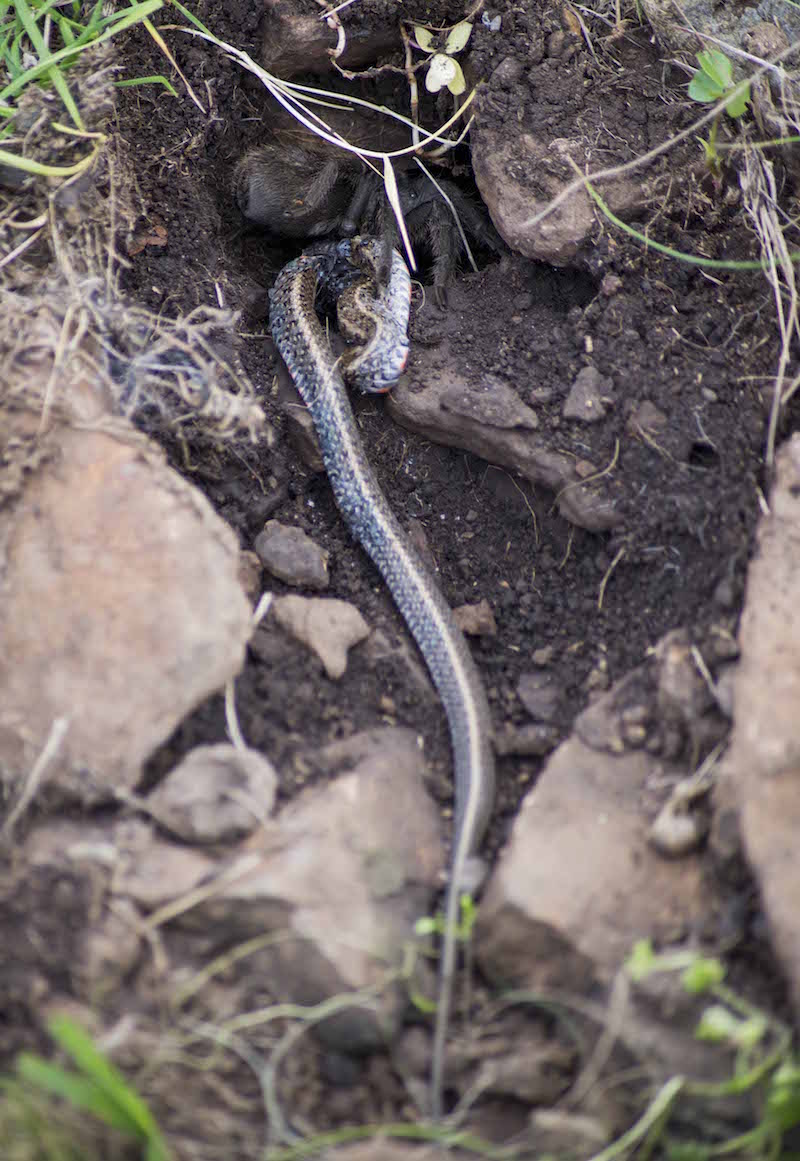
The snake is an Almaden ground snake, a common species in the Serra do Caverá. It measured 15 inches (29 centimeters) long, a formidable meal for the hand-sized tarantula that took it down. Typically, these spiders eat smaller prey, including other spiders, insects and more diminutive reptiles, amphibians, birds or mammals.
Hiding Out
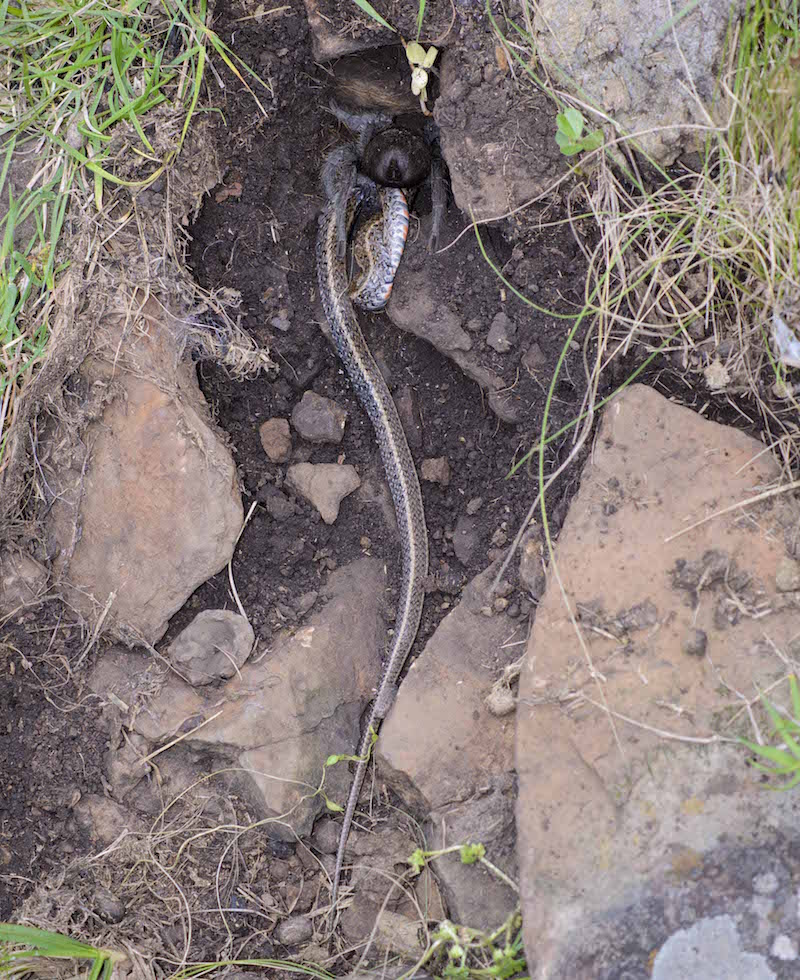
Researchers suspect that the snake tried to use the underside of the tarantula's rock as a den, only to find out the hard way that it was occupied. Or, said biology graduate student Leandro Malta Borges of the Universidade Federal de Santa Maria in Brazil, the snake may simply have ventured in front of the spider's rock and been ambushed. The tarantula's fangs may have been enough to kill the snake, Borges said.
Interrupted Meal

A tarantula hides with its reptilian repast. Tarantulas of the Grammostola genus do have venom, but no one has studied the venom of G. quirogai. Thus, researchers aren't sure whether the spider's venom was strong enough to contribute to the snake's demise.
Good Goo
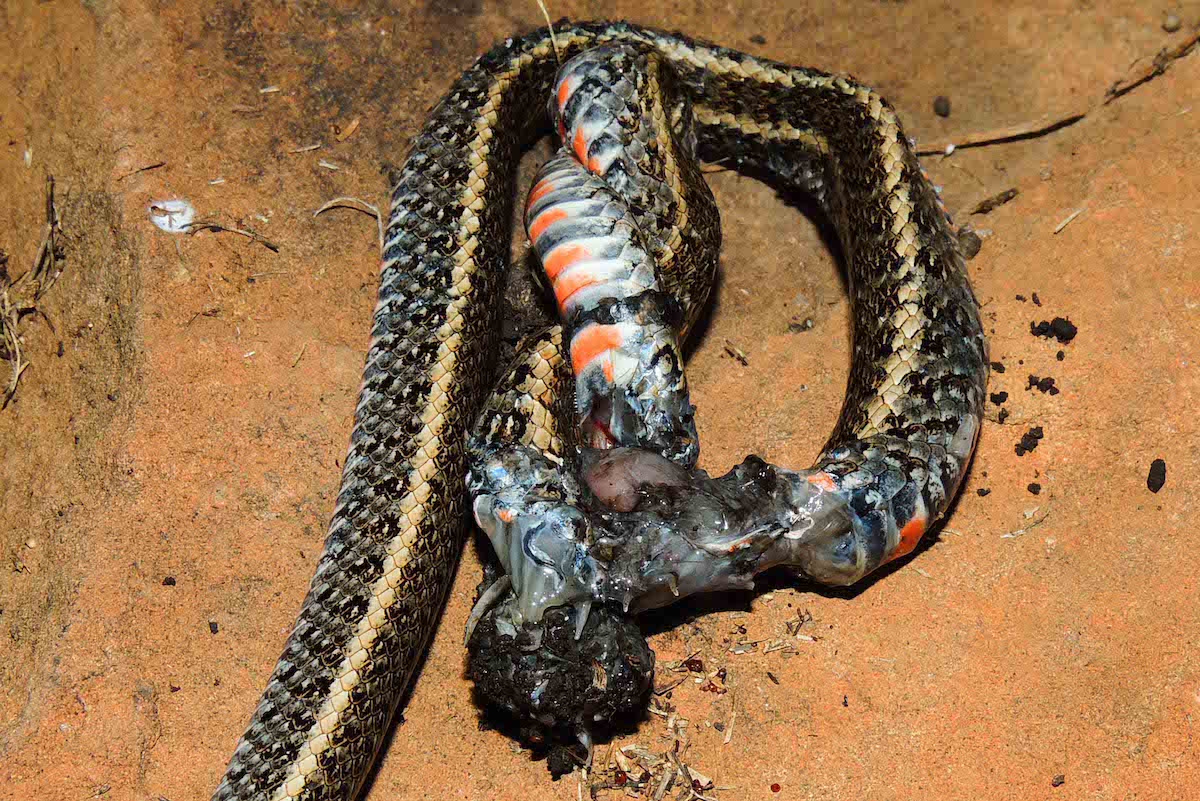
The middle and front sections of the half-eaten snake were a gooey, half-decomposed mess when researchers arrived. Spiders digest their prey by liquefying them outside the body and then ingesting the gooey results.
Get the world’s most fascinating discoveries delivered straight to your inbox.
[Read more about the tarantula preying on a snake.]
Snake Dinner

The tarantula chowing down on the snake was an adult female, researchers found. Previously, all reports of spiders in the tarantula family eating snakes came from captivity or experimental situations in which researchers presented the snake to the spider, Borges and his colleagues reported. Large tarantulas are known to eat small birds, mammals and reptiles in the wild, however.
Hungry Spider
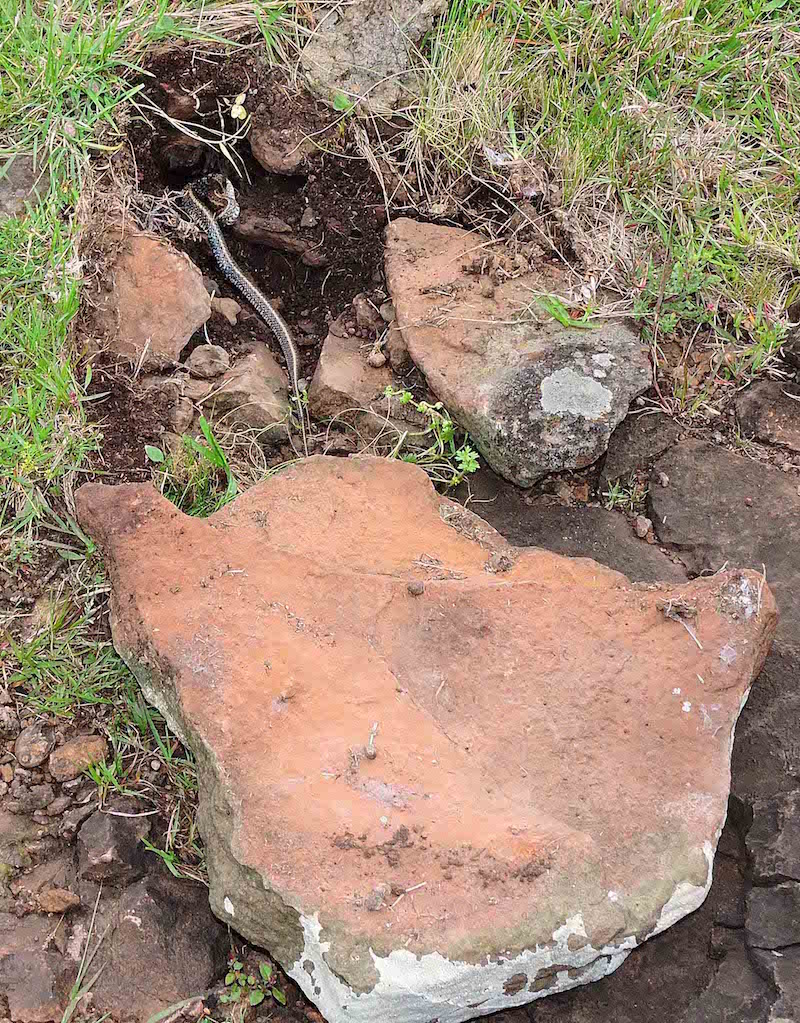
A broader view of the rock that researchers overturned to find the feasting tarantula and its snake dinner. "Predation of such a large snake in relation to the size of the spider was extremely surprising to us," Borges told Live Science.

Stephanie Pappas is a contributing writer for Live Science, covering topics ranging from geoscience to archaeology to the human brain and behavior. She was previously a senior writer for Live Science but is now a freelancer based in Denver, Colorado, and regularly contributes to Scientific American and The Monitor, the monthly magazine of the American Psychological Association. Stephanie received a bachelor's degree in psychology from the University of South Carolina and a graduate certificate in science communication from the University of California, Santa Cruz.


